WHAT IS INFORMATION, DATA AND MEDIA LITERACY?
1.4
Memory palace: a metaphor
Please read the following story carefully. Consider it in terms of the descriptions of information, digital and media literacy in the previous article. Pay attention to the details in the description. When you have finished, complete the matching tasks in step 1.6.
There was once an unremarkable building in a large, chaotic city. It was surrounded by many trees and was therefore well hidden among all the greenery. Because of the drugstore in the ground level, it was well known to many people. Customers liked to come and buy soap or aspirin, but most left the drugstore without paying much attention to the rest of the building.
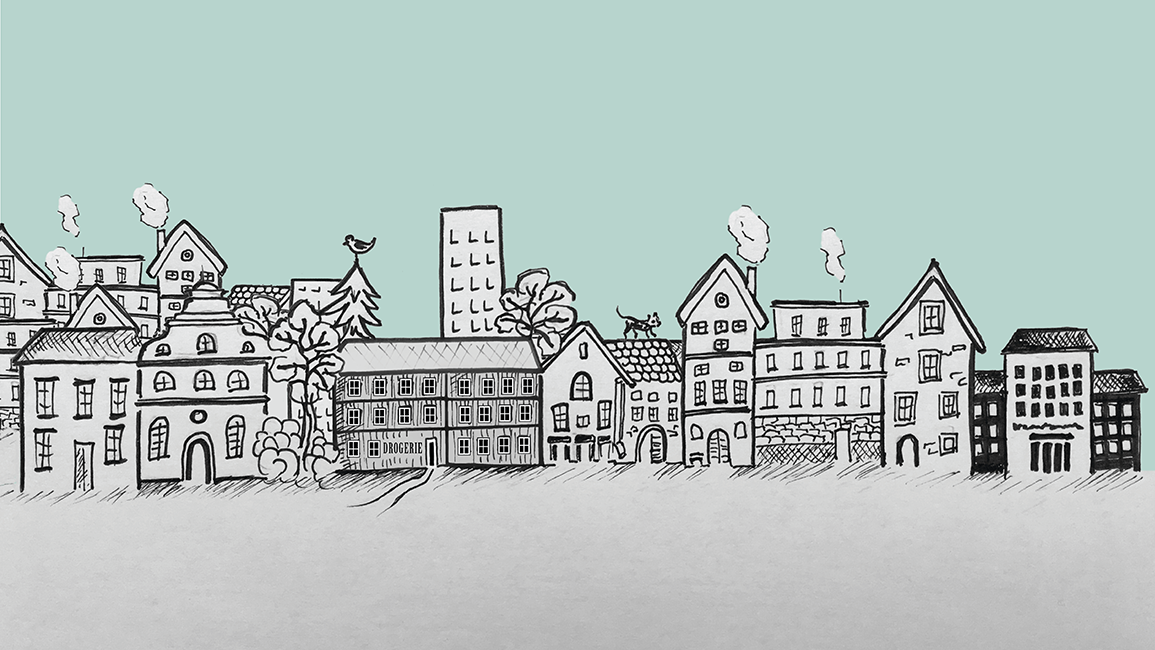
There was a separate entrance for people who lived there and their friends, with an elevator that required a key to operate it. You could use it to access the basement, for example, where there was a parking garage. From the garage, you could see how the building was closely connected to a long row of other buildings.
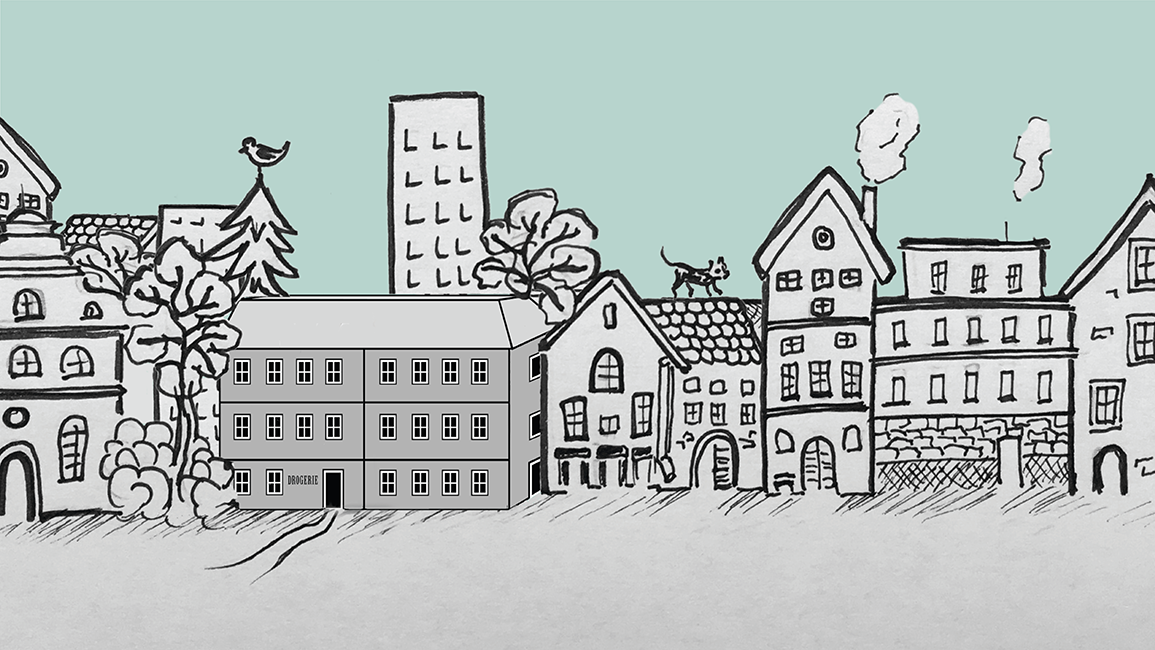
An elderly artist lived and worked in the upper floors of the building. He spent a lot of time in his studio. In the evenings, he would always sit in the building’s library, which had been set up entirely according to his taste, and leaf through the pages of the tomes and make handwritten notes. Afterwards, the artist usually chatted with his good friend, the biographer.
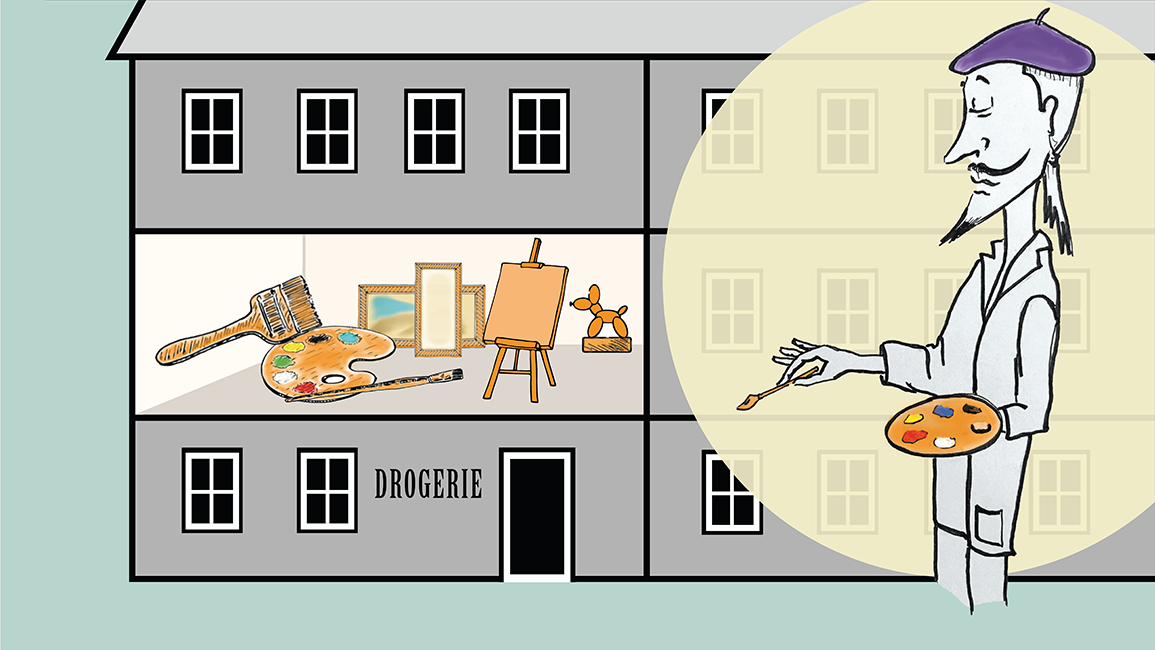
The biographer carefully collected the daily happenings in the building and described them in her journal: what had the artist worked on that day, who had spoken to who, what music had she heard, which new books, newspapers or painting supplies had been brought into the building, etc. In other words, what events of the outside world had influenced the minds of the building residents? Like a curious child, the artist constantly asked himself questions – some abstract, some concrete – which the biographer always documented carefully, but left unanswered. Even years later, the biographer’s notes made it possible to reliably recreate the cozy, orderly life inside the building in the heart of a large city. The artist would often leaf through the pages of the biographer’s journal. He would often write down or revise answers to questions that concerned him.
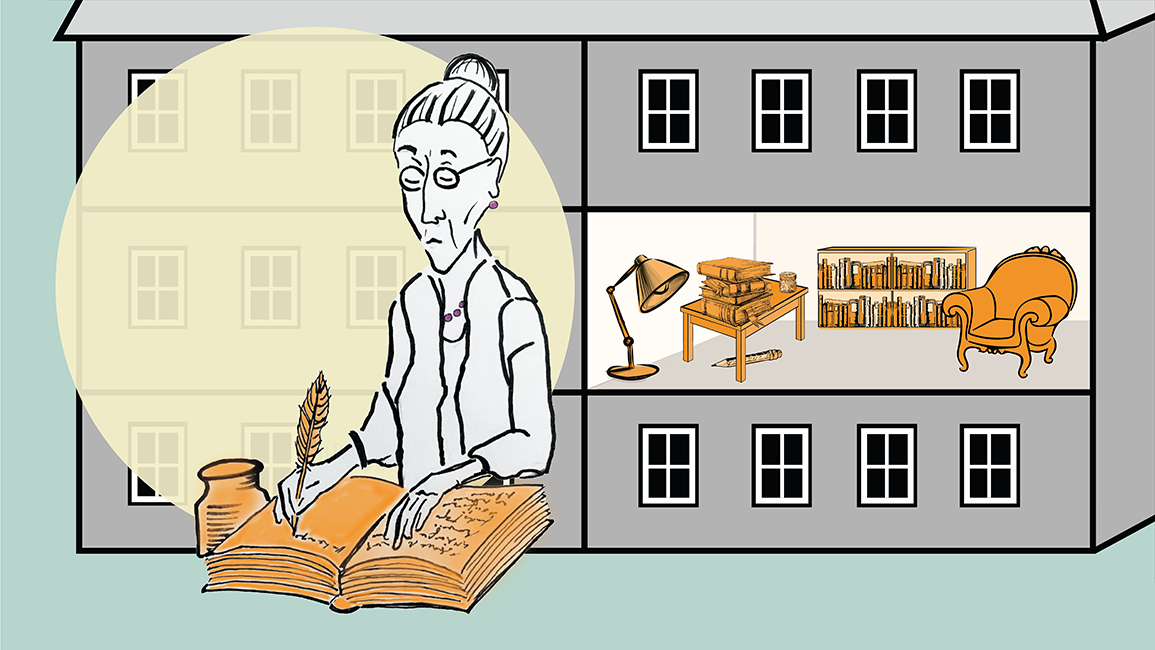
Directly across from the artist lived his brother, the technician. The technician spent his days in his laboratory full of old and new equipment in the top floor of the building. He loved to present his newest projects to his brother, the artist; for example, a new type of lamp, a sophisticated pair of binoculars or a refined microscope that would help him inspect the works of art more closely. Now and then the technician would reposition the easel and adjust the blinds so the sun’s rays would fall just perfectly on the artist’s work. The brothers had a great respect for each other and never let a day pass without seeing each other.
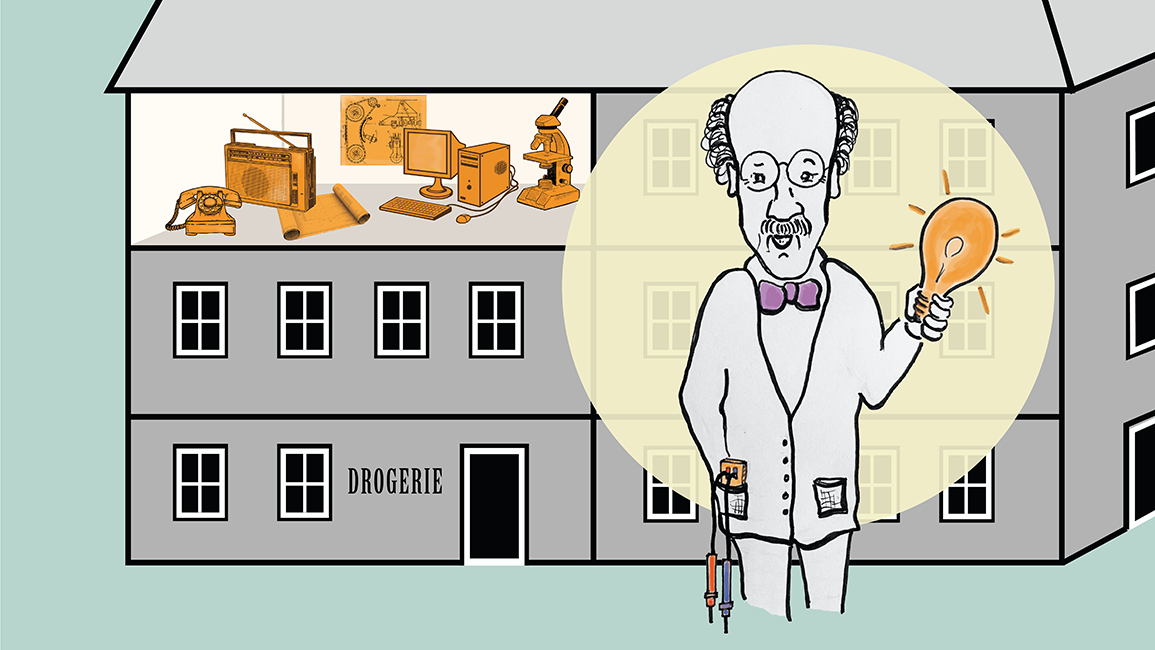
Once a week, a former fellow student would come to visit the artist and bring his new pictures along. In the evening they would all gather at the table and exchange news over dinner. Then the artist and his friend would sit in the studio and examine the pictures. Then each of them would tell the story behind his work: how the picture was created, the methods he used, what inspired him and what made a particular impression. Sometimes they would argue deep into the night. But then they would always part in peace, smiling and shaking their heads. Later on in their own studios, the artist and his former fellow student would often think of each other and could almost hear in their own minds how the other one would comment on some detail or other.
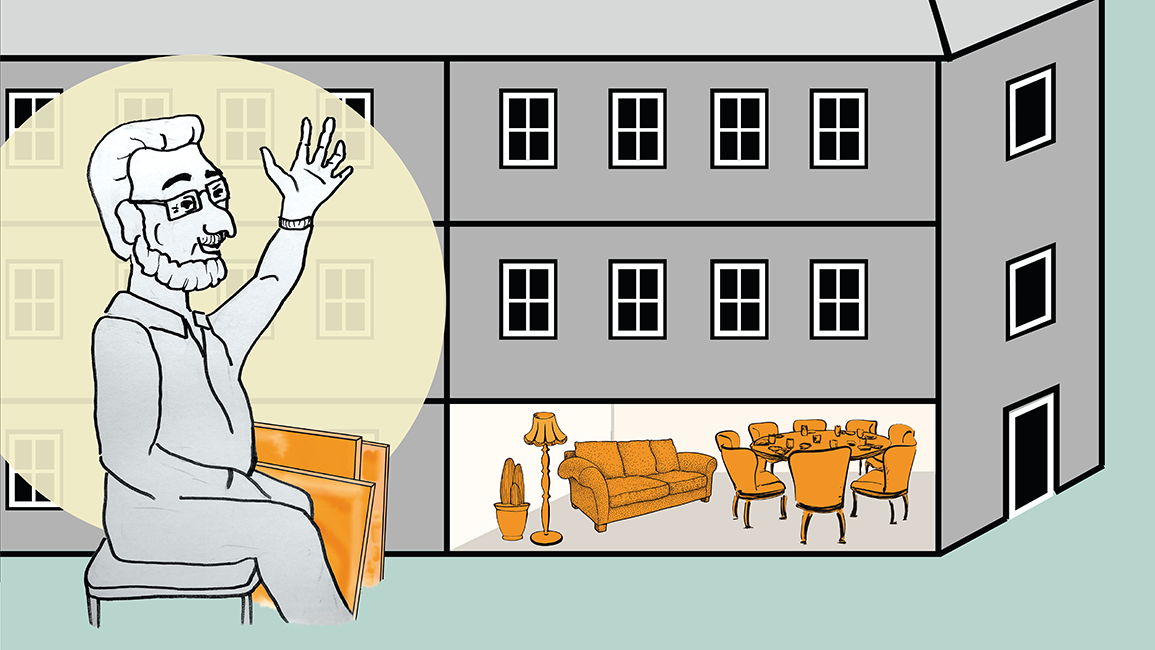
The artist preferred to visit the gallery in his building. It housed copies of many of the works of his teachers and role models. These were frequently surrounded by his own sketches and drafts – his attempts to imitate the masterpieces and to expand on them. The artist also frequently brought his two school-age children with him to the gallery. How exciting it was for the girl and boy to discover the roots of the artist’s ideas!
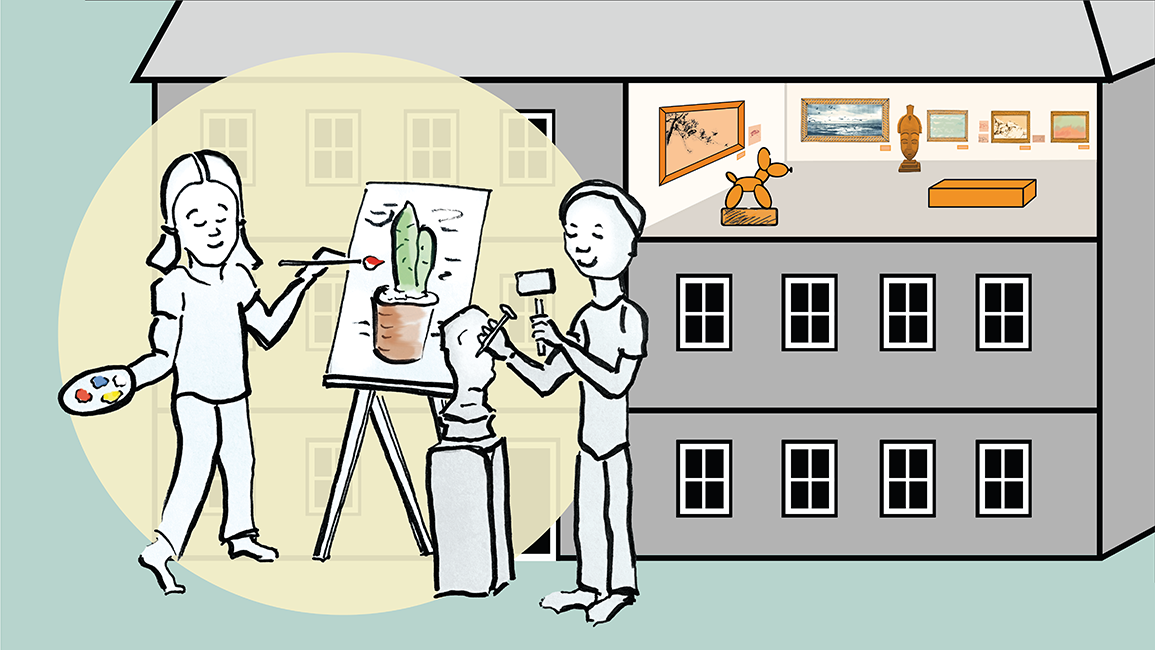
Every morning, a delivery woman came to the building. She brought mail and newspapers, fresh fruit, milk and flowers. The delivery woman had known the residents of the building for decades and knew a lot about their preferences and interests. She went shopping for them at the market and selected only the ripest fruit from her trusted sellers. As directed by the building residents, the delivery woman removed advertising material from the mail and sorted it sensibly. This allowed the residents to save a lot of time and energy for their work.
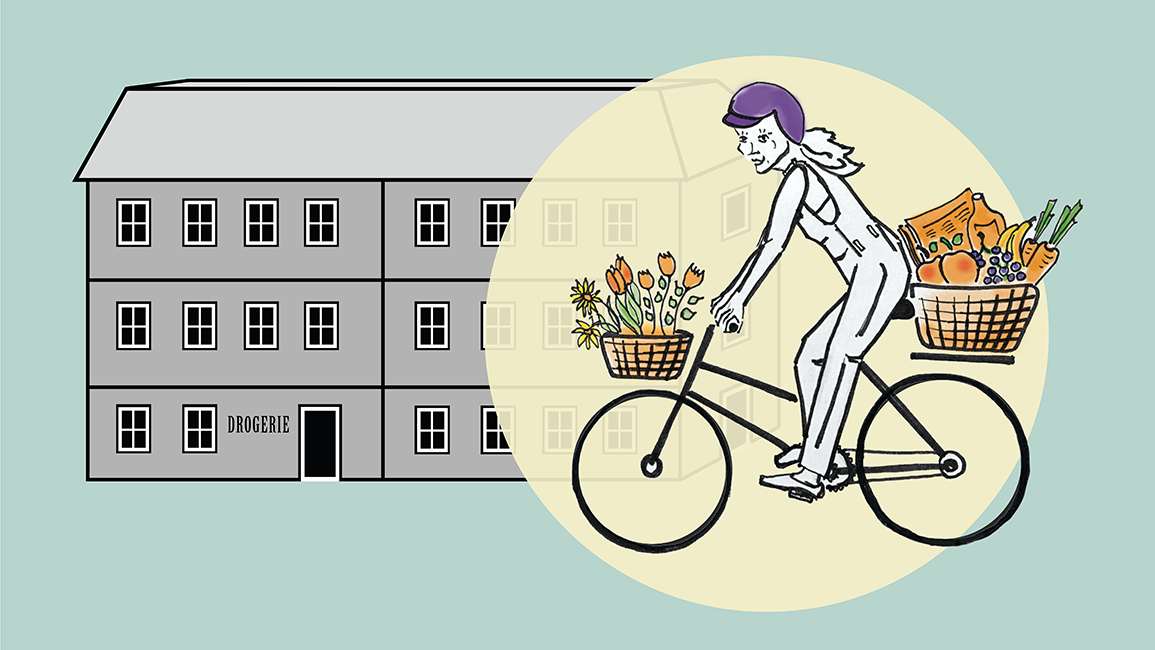
Together with his brother, the technician, and his children, the artist attended the receptions in his city. He listened to the discussions there and participated in them with enthusiasm. Sometimes a critically favorable review of his catalog of work resulted.
At one reception, the artist was praised for his life’s work and awarded an honorary doctorate by the city’s art college. At the event, he thanked his teachers and friends. He acknowledged his role models in the art world, whose work had so often inspired him, and he promised to remain creative and curious.
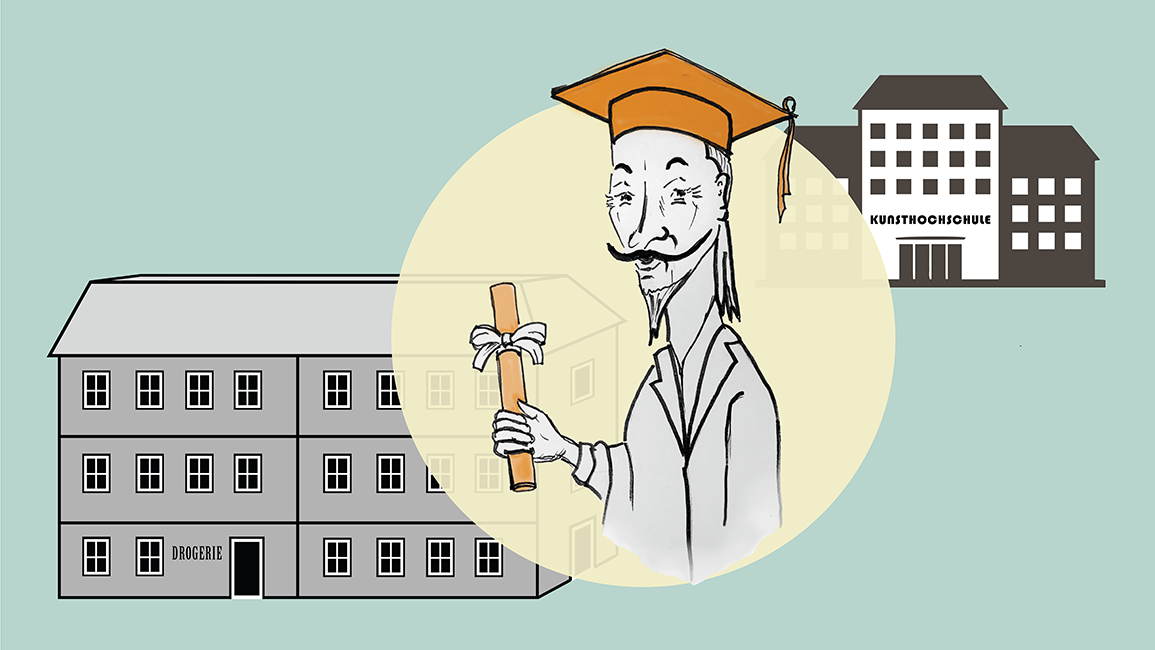
Lizenz
Universität Basel
